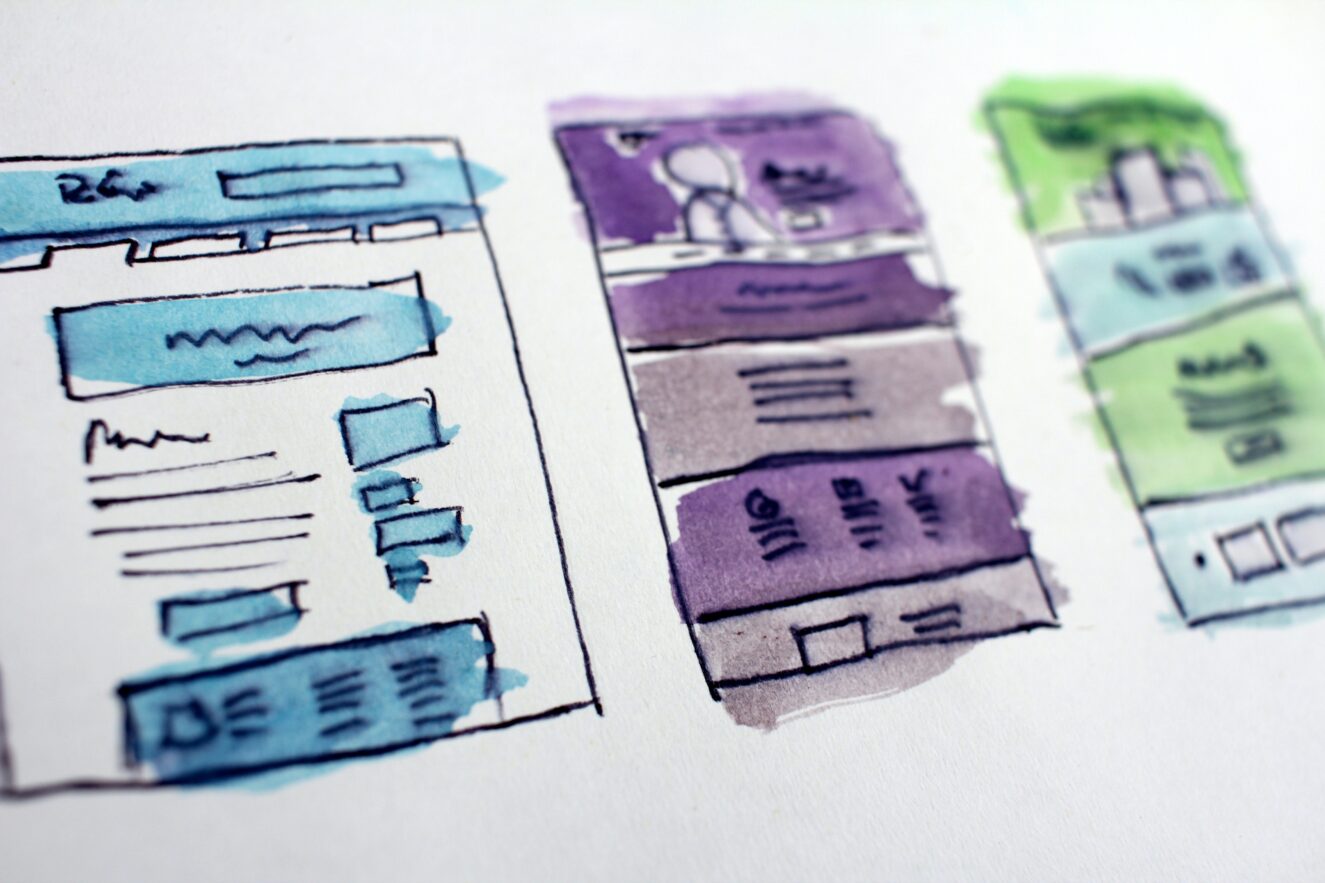
How to use alt text to boost your website’s accessibility
Using alt text is a powerful and often overlooked tool that can greatly enhance the accessibility of your website. Alt text, short for “alternative text,” is a brief description of an image that is read aloud by screen readers for people who are visually impaired. In this article, we will discuss how to use alt text effectively to improve your website’s accessibility and make it more user-friendly for all visitors.
As website owners and developers, it is our responsibility to ensure that our sites are accessible to everyone, including those with disabilities. One of the most critical components of website accessibility is the use of alt text. By including alt text for images, we can provide context and meaning to those who cannot see them, and improve the overall user experience for all visitors. In this article, we will explore the best practices for writing effective alt text, common mistakes to avoid, and the benefits of using alt text for both accessibility and SEO.
Why Alt Text is Important for Website Accessibility
Alt text plays a crucial role in making websites more accessible for visually impaired users. Screen readers rely on alt text to understand and describe images on a webpage. Without alt text, these users would not be able to access the content of the image and would miss out on important information. In addition to its benefits for accessibility, alt text also plays a critical role in search engine optimization (SEO) by providing context and meaning to search engines, which can improve your website’s visibility in search results.
How to Write Effective Alt Text for Images
Writing effective alt text requires careful consideration of the image and its context. The purpose of the image should be reflected in the alt text, and it should provide a clear and concise description that accurately represents the content of the image. When writing alt text, it is essential to keep it short and to the point, while still providing enough detail to convey the image’s meaning.
Best Practices for Using Alt Text on Your Website
When using alt text on your website, there are several best practices to keep in mind. Firstly, ensure that every image on your site has alt text, even if it is decorative or has no obvious meaning. Secondly, be descriptive in your alt text, but avoid being too verbose. Finally, make sure your alt text is accurate and conveys the correct meaning of the image.
Common Mistakes to Avoid When Writing Alt Text
While alt text is essential for website accessibility, there are several common mistakes to avoid when writing it. These include using the same alt text for multiple images, writing alt text that is too long or too short, and failing to convey the image’s meaning accurately. By avoiding these mistakes, you can ensure that your alt text is effective and provides a positive user experience for all visitors.
The Benefits of Using Alt Text for SEO
In addition to its benefits for website accessibility, alt text also plays a critical role in search engine optimization (SEO). By providing context and meaning to search engines, alt text can improve your website’s visibility in search results and drive more organic traffic to your site.





